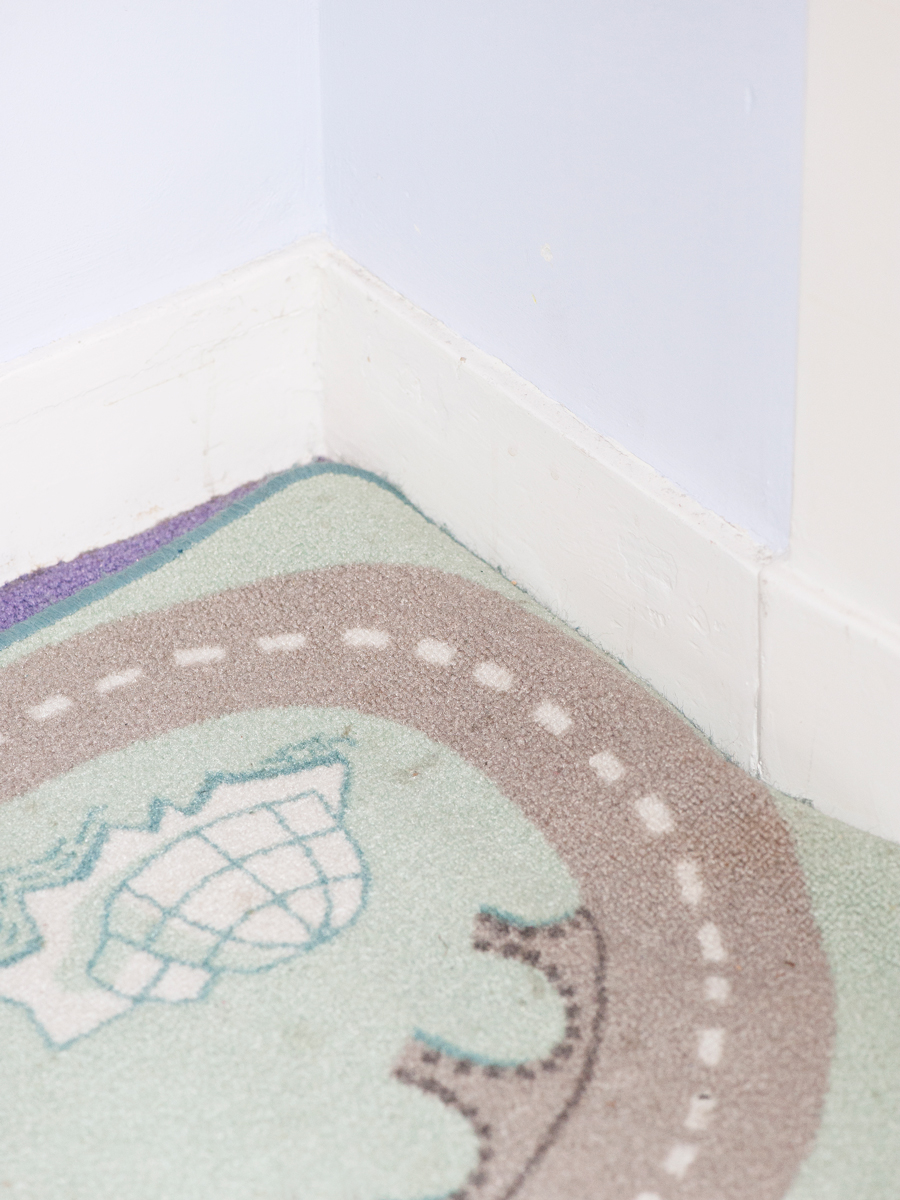Maurice Van Es (b. 1984) is a Dutch visual artist who works with photographs. In 2013 he graduated from the Royal Academy of Arts in the Hague with his graduation project “Now will not be with us forever”, a book cassette containing seven different books. His work has been published by Lodret Vandret, Mister Motley, Subbacultcha and featured in blogs such as It’s Nice That and Self Publish Be Happy. His work has been exhibited in New York, Paris, London and Amsterdam. Today we share with you his series Rooms of Now, a commission based series of single edition photo books created about people’s homes.


AB: Where did this idea come from? Was there a first book or house that started it all?
MVE: In art school I would constantly photograph my friend’s rooms, and after only three years I ended up with 25 folders on my computer with images from different houses. At the same time I realized this, my parents were also moving out of my childhood home, and I began writing about the original power of photography for my thesis. One of my conclusions was how simply looking at your own photographs from your past can give you the most intense experience. With Rooms of Now it gives others the opportunity to feel this same thing. You look at your own stuff in a new way, and from there it might open a new world to people outside the frame. In 2013 Rooms of Now began, and during my graduation show I presented my first Rooms of Now book.


AB: Why only one copy per book? Is there a reason you don’t want to create more and sell them to others?
MVE: I don’t necessarily believe that photography has to be a communication tool to a large group. A lot of things can end up lost in translation (which I also enjoy) or have their meaning dictated by just one group of people. I personally like to make photography that’s the most valuable to myself, and I make these books for the individual people that want them.


AB: There are a lot of details in someone’s house – how do you decide what to photograph?
MVE: When I enter a house I get a tour and get to know the people. Sometimes I get asked by complete strangers, so that makes it a more interesting experience to get to know someone new. I like to make photographs that raise simple questions like: what, when, why, and how in relation to the object they are looking at. From there I hope people will almost be time traveling outside the picture frame.


AB: How much do you think someone’s home says about them? What have you learned and observed about habitation since beginning this project?
MVE: In the beginning, I thought that you could see everything about a person by all the details in their home. But in the end, I realized that a lot of houses actually look the same, and much of general human behavior can be seen in each house. But I like that my books become a document of time that depicts the phase of life the person is living in at that moment. In the three years that I’ve made these books, it’s interesting to see the reactions from the recipients. Most of the time people see them as a very precious object. As an outsider you can look at details of someone’s house and you can almost fantasize about the person, which to all the details are connected to, and find out what’s important to them.
I’m also interested in the historical value of the books. Thinking in the future, if I make 100 Dutch books, it could be an especially interesting collection 200 or 300 years later. I am always very much aware of my own death, so in my work I would like to give a testimony to my very temporary life now.


AB: How do you physically bind / print the books? Are they all hand done since there are only in editions of 1?
MVE: Yes, they are all hand done. And for me it’s about a bike ride of half a day to pick up the papers from the printer and bring them to the bookbinder.


AB: Do you have a favorite book? Are you making these books for friends or strangers?
MVE: Both. Most were strangers, although they kind of feel like friends now. The nice thing about this project is that I automatically have a good experience with people who want a book because they relate to the idea. They all feel love for the home and pain for the notion of time making the now an unreachable past. I think that in a way these books give both myself and the recipient’s consolation to this notion of time.
To view more of Maurice’s work, or his 21 different editions of Rooms of Now, please visit his website.